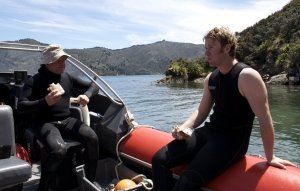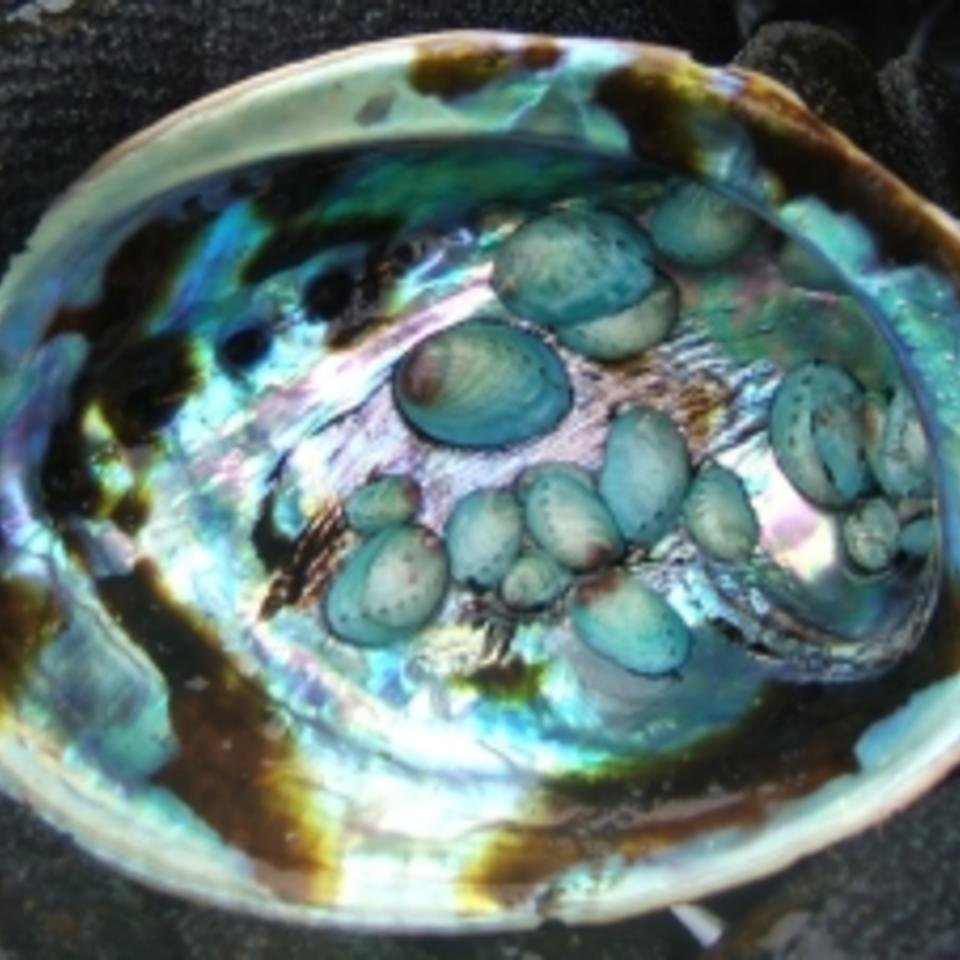Tom McCowan, a PhD student working for the Pāua Industry Council Ltd (PIC), is currently being housed at Dragonfly.
Tom’s job is to get the pāua dive-logger programme up and running nationwide - the next step from the proof-of-concept stage. The dive loggers collect detailed data on diver location and catch, and the programme will ultimately give fishers access to up-to-date information on the state of the fishery, reef by reef. The loggers are currently being widely used in the Marlborough and Chatham Islands areas.

Jeremy Cooper, CEO of PIC is certain that New Zealand’s pāua fisheries need to have management implemented at a reef-scale, rather than a fishery-wide scale.
“What we’re doing with the dive-loggers is trailblazing all the way – it’s world leading science with no road maps. With Tom’s help we are figuring out if we are collecting too much, too little or the right kind of data to get relevant information back to our fishers. It takes time and resources, but there is no doubt it’s the future for us,” he says.
Tom is working with the fishers to iron out any operational problems, and is helping Dragonfly Science design reporting systems that will give feedback to the industry on how the logger programme is going. The immediate goal of the project is to produce a monthly report for each fishery, so they can see how fishing is performing in their area.
“This is a real step forward for those divers who have been wearing loggers on their backs for a couple of years but have not seen any of the data. They will now get a report from a central database of what they’ve been doing, in a form that’s relevant.” says Tom.
Tom’s almost-completed PhD from the University of Otago is in genetics, where he used genetic markers to trace survival rates of pāua that had been raised to 10 mm shell-length in a hatchery, then reseeded (released back) into wild populations.
“One of today’s big questions is whether reseeding pāua is economically viable. Babysitting them through that first year isn’t cheap and the industry needs to know if the results justify the cost.
“We already know that up to 35% of the hatchery pāua may grow to a harvestable size five years down the track, and modelling studies have worked out the optimum size for release from the hatchery. My work is following on from that with the genetic tracing method.”
Tom grew up diving and fishing, and has enjoyed applying his experience to the pāua study. He also has a law degree and was admitted to the bar last year. Tom can be contacted on tommccowan@gmail.com
Read a previous story about a dive-logger trial in Marlborough.


